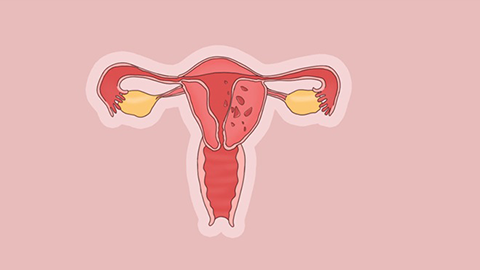How large is the size of uterine adenomyosis considered severe?
Generally, determining the severity of adenomyosis cannot rely solely on the size of the lesion. Instead, a comprehensive evaluation should be made by combining the lesion's extent, symptom presentation, growth rate, and its impact on fertility. Typically, when the lesion is localized and the uterine volume has not significantly increased, with only mild symptoms, the condition is relatively mild. However, if the lesion is extensive, the uterine volume is significantly enlarged, or symptoms severely affect life—even if the individual lesion isn't large—it may be considered severe. Detailed analysis is as follows:

If the adenomyosis lesion is small and confined to one area of the uterine muscle layer, the overall uterine size does not exceed that of an 8-week pregnancy, and the patient experiences only occasional mild dysmenorrhea with no significant increase in menstrual flow, and there is no obvious impact on daily life or fertility, this situation is generally not considered severe.
If the adenomyosis lesion is larger than 3 cm in diameter or diffusely distributed throughout the entire uterine muscle layer, causing the uterus to enlarge beyond the size of a 10-week pregnancy, and the patient suffers from severe dysmenorrhea and significantly increased menstrual bleeding, seriously affecting normal work and daily life, this condition is generally considered severe.
In daily care, patients should avoid excessive fatigue, keep warm during menstruation, and reduce intake of spicy and irritating foods. Regular gynecological examinations are necessary to monitor changes in the condition promptly, and treatment and care plans should be adjusted according to individual circumstances to maintain good physical health.




